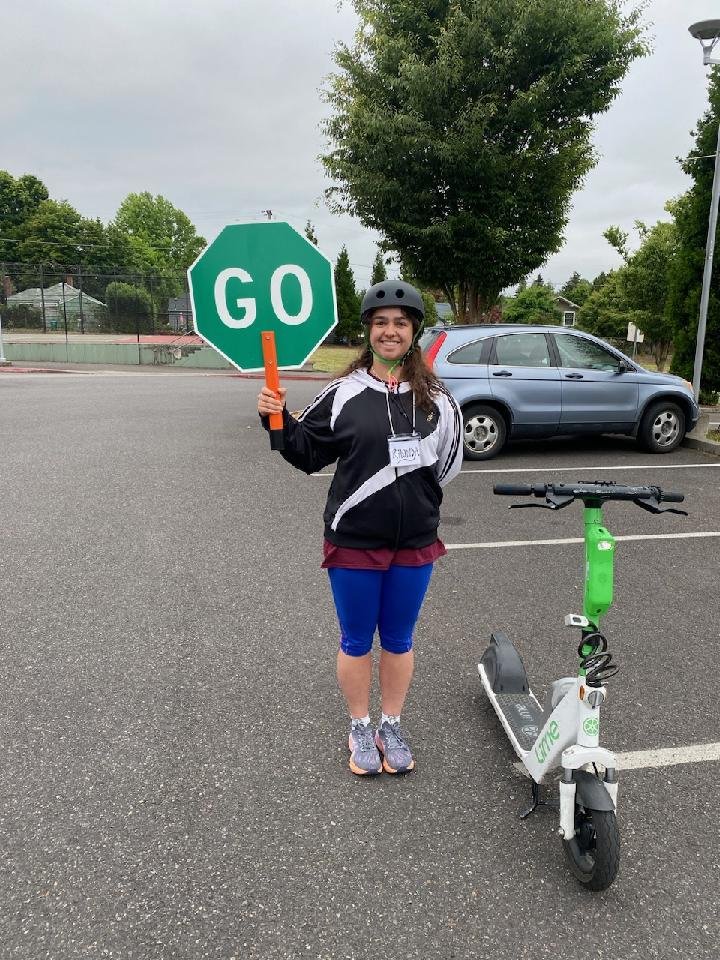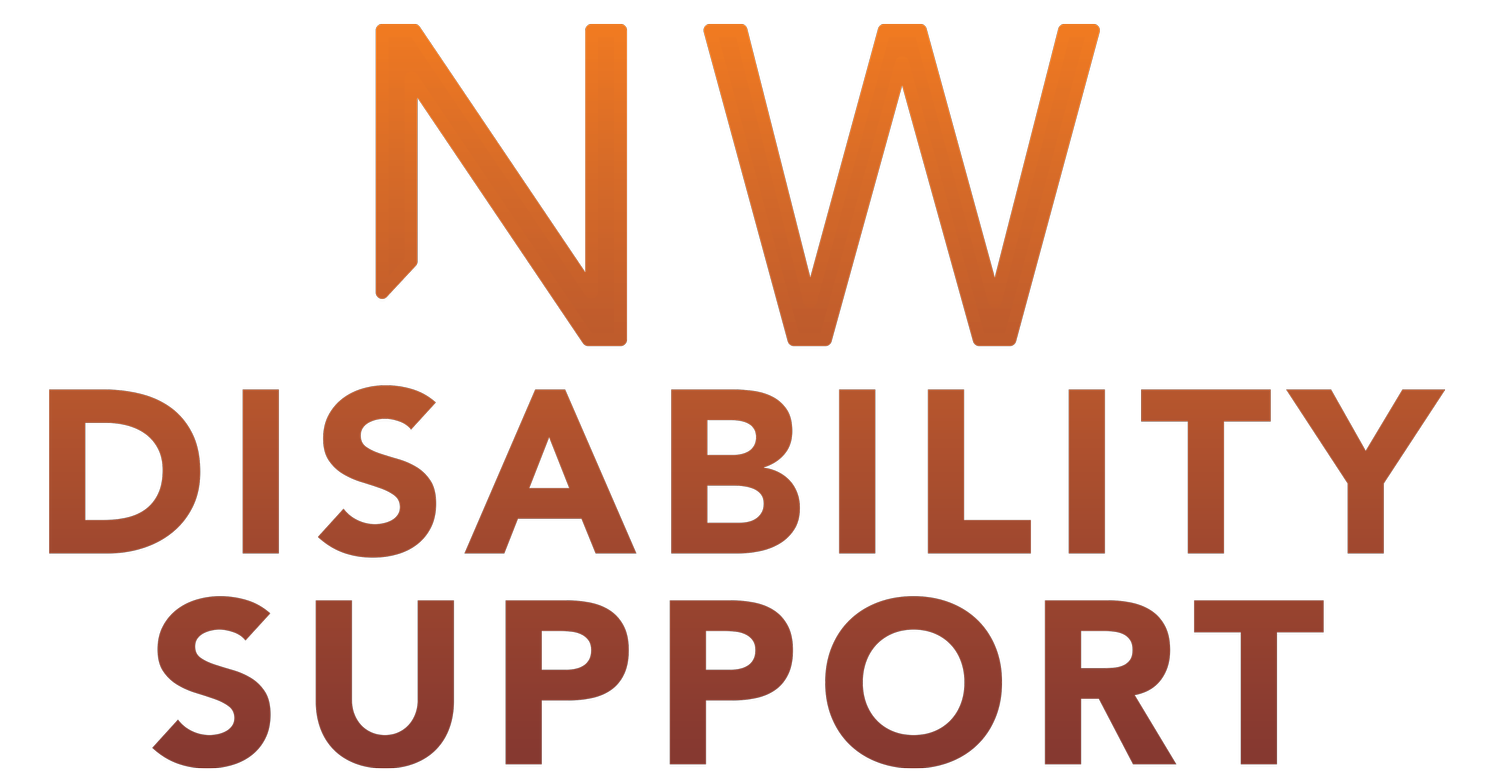“Bicycle Training for People with Disabilities”
A two-year grant from the Oregon Department of Transportation
Our staff is trauma-informed through training, which is part of the social-emotional foundation of our bicycle safety work. These slideshows give a concise overview of how to work with people who have experienced trauma when teaching them to ride a bicycle.
Thanks to a grant from the JTMF Foundation, Bike First! purchased “focus tools” for our riders and an iPad with an app that allows us to communicate with non-verbal riders. The JTMF Foundation also donated $1000 for the purchase of bikes to donate to riders in need. Safe Routes to School donated $2500 for scholarships for participants from low-income families. Between the support from SRTS and the JTMF Foundation, many of our riders will be able to attend and benefit from the bikes they can keep.
We are grateful for ODOT, JTMF Foundation, and Safe Routes to School support!



Bicycle Safety for Bike First! Riders & Caregivers
ABC Check for Bike Safety
Bicycle Guidelines for Caregivers
Bike Assistance Handles (available at camp)
Bike Guide
Bike Mechanic Letter to Caregivers
Biking 101: Getting Started
Friendly Bike Trails in and near Portland
Helmet Fitting
Lime Scooter Liability Waiver
How to Ride a Lime E-Scooter
How to Ride a Lime Scooter
Catching a Falling Rider
Starting and Stopping on a Bike
Transition Tips
Vision Zero’s Safe System approach
In the past, much traffic safety work focused on the individual behavior of road users. In contrast, Vision Zero’s Safe System approach considers how the people who design, build, and manage the transportation network can prioritize the lives and health of people using the system.
Safe System principles
In the past, a lot of traffic safety work focused on the individual behavior of road users. In contrast, Vision Zero’s Safe System approach considers how the people who design, build, and manage the transportation network can prioritize the lives and health of people using the system.
Six principles underpin this approach:
Death and serious injuries are unacceptable – we must reject the notion that traffic violence is the inevitable price of mobility.
People make mistakes – we should account for this when we design our transportation system.
Human bodies are fragile – our soft tissue and bones are not able to withstand crash forces.
Responsibility is shared – among those who design, build, and manage streets and vehicles, those who use streets and vehicles, and those who provide post-crash care.
Safety is proactive – the reason we make systemic changes is to prevent serious crashes.
Redundancy is crucial – if one layer of protection fails, another will prevent serious injury.
The Safe System approach anticipates human mistakes. The idea is to keep the risk of mistakes low, so when a mistake leads to a crash, the impact on the human body doesn't cause serious injury or death.
Safe System elements
How can you help us reach Vision Zero?
There are simple actions you can take to help us realize Vision Zero:
Drive at or below the speed limit
Share Vision Zero materials with your network and community
Sign up for email updates
Pick up a free Vision Zero yard sign
North Map, in English & Spanish
Download PDF fileNorth Portland Bike/Walk Map, northern section1.54 MB
Download PDF fileNorth Portland Bike/Walk Map, southern section1.67 MB
Southeast Map, in English & Spanish
Download PDF fileSoutheast Portland Bike/Walk Map (western section)4.21 MB
Download PDF fileSoutheast Portland Bike/Walk Map (eastern section)3.61 MB
Northwest/Downtown Map, in English & Spanish
Download PDF fileNorthwest Portland Bike/Walk Map (downtown section)1007.91 Download PDF fileNorthwest Portland Bike/Walk Map (Forest Park section)2.98 MB
Northeast Map, in English & Spanish
Download PDF fileNortheast Portland Bike/Walk Map (western section)1.77 MB
Download PDF fileNortheast Portland Bike/Walk Map (eastern section)2.25 MB
Southwest/South Map, in English & Spanish
Download PDF fileSouthwest Portland Bike/Walk Map (walking routes)2.47 MB
Download PDF fileSouthwest Portland Bike/Walk Map (biking routes)1.38 MB







